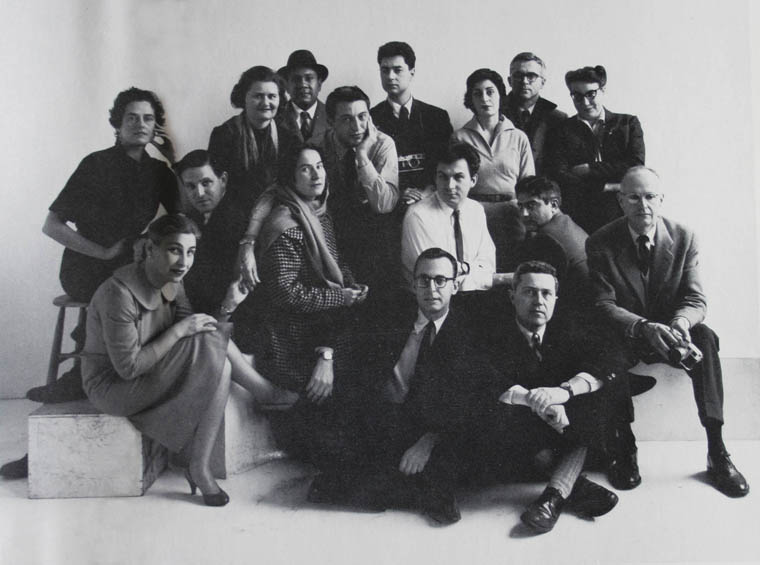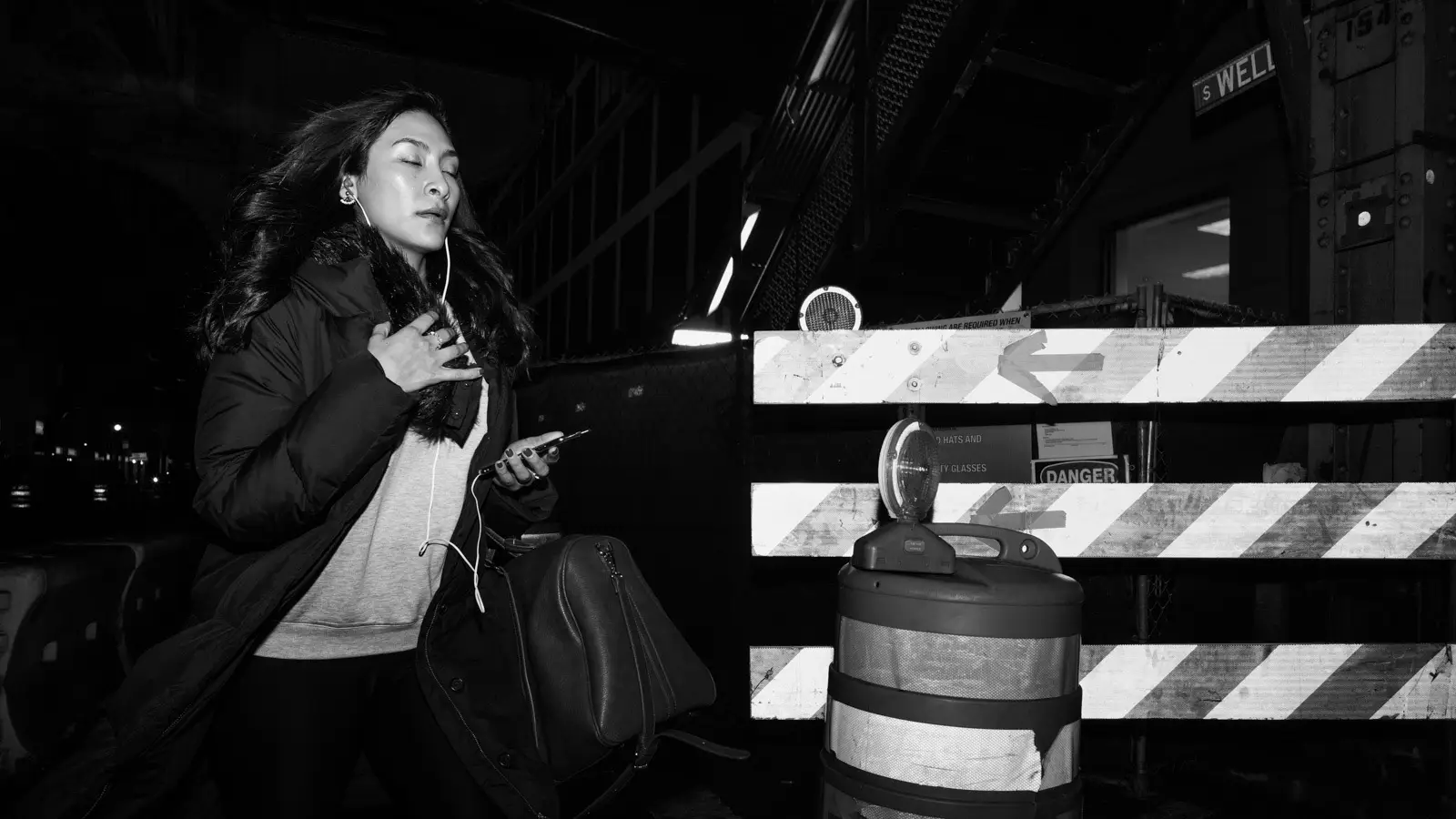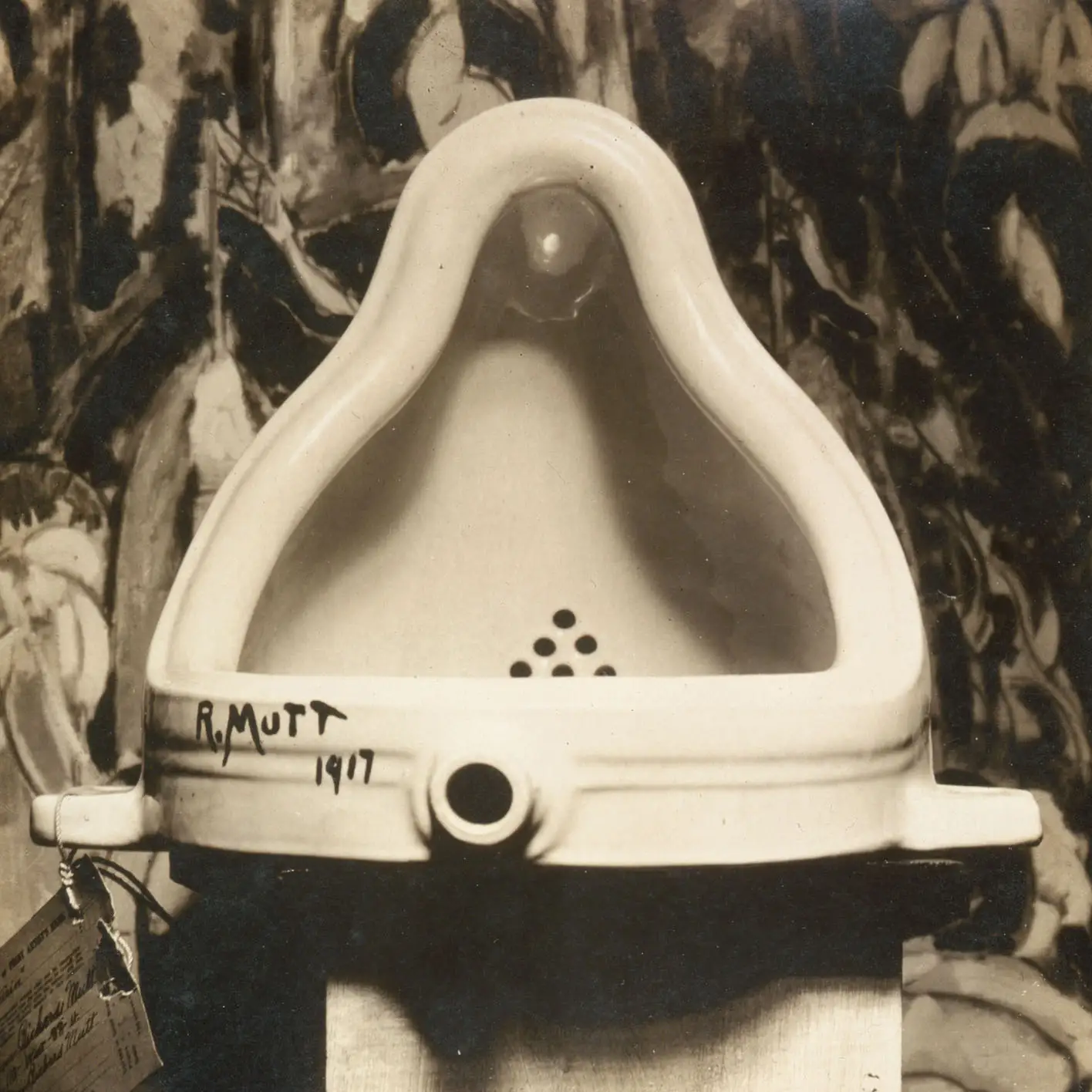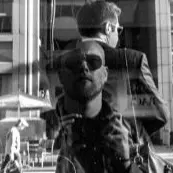Sophie Calle
What French photographer Sophie Calle considers art, others may consider an invasion of privacy. In fact, she was once almost taken to court over the issue.
Born in France in 1953, Sophie Calle is a photographer, who is also considered to be a conceptual artist. Her first photos, taken in the 1970s, were very simple pictures of graves marked “mother” and “father.”
Turning Voyeurism into Art
When she returned to Paris in 1979 after taking a trip around the world, Calle felt lost in her city and hoped to rediscover it by following random people going about their day As Sophie Calle followed these unsuspecting people, she would take photographs and write notes about her subjects.
Based on what she witnessed, Sophie Calle began to concoct fictionalized accounts of these strangers’ lives. This experience was the beginning of her artistic projects.
Finding Art Between Fact and Fiction
Sophie Calle enjoyed her newfound role of “voyeuristic detective” and author. In fact, she was so into the fictionalized accounts she was composing that she even made herself a character in these make believe accounts.
Generally, Sophie Calle’s photographs are displayed with the notes she wrote to go along with each picture. Many times, Sophie Calle crosses implied societal boundaries in order to discover hidden meanings in patterns of behavior. Her pieces tend to display an intimacy between herself and her subjects (as well as the viewers and her subjects) that the subjects are usually not aware they are participating in.
Suite Venitienne (1980)
Suite Venitienne (1980) was one of Sophie Calle’s first full series of her newfound voyeuristic style. The inspiration for this work came when Calle met a man at a party and followed him for two weeks. Staying in disguise, Calle followed him from Paris to Venice and documented his movements, creating a diary of photographs and texts.
The Hotel (1983)
Calle’s next series, The Hotel, had more planning than the chance meeting of a person. For The Hotel, she posed as a chambermaid and got a job at a Venice hotel.
Assigned to clean 12 rooms, Sophie Calle investigated the lives of strangers staying at the hotel. In each room, she would take a picture of the bed as the room’s occupants left it. Sophie Calle would then take various other photographs throughout the room of personal items, laundry, garbage, etc. She also went through their belongings and took notes of what she found, including information about any papers she might find.
The completed series contained 12 works, one for each room, which consisted of a grid of photographs from throughout the room placed next to a larger photograph of the bed. Below the photographs was text from Sophie Calle outlining not only what she had found, but also any other details that she interpreted from what she had seen.
The Address Book (1983)
If Calle’s early work was only questionably an invasion of privacy, her series, The Address Book (1983) undoubtedly crossed the line. This piece was created based on an address book that Calle found. Before returning the book to its owner, Sophie Calle photocopied its contents.
Subsequently, she contacted the people in the address book and asked them about its owner, a man she had never met. After explaining that she wanted to create a portrait of this man based on their descriptions, the people she contacted shared their stories, believing that this man would enjoy this project.
The finished series was published in the French newspaper, the Liberation. When the owner of the address book returned from holiday, he was outraged and threatened to sue Sophie Calle and the Liberation for invasion of privacy. Instead, he uncovered a nude photograph of Sophie Calle and demanded that the Liberation run it as retribution. With Calle’s permission, the newspaper ran the photograph.
Becoming Part of Her Art
While Calle exhibits an extreme form of voyeurism, she is also comfortable being the subject of her own work. In her first major sculptural piece, The Birthday Ceremony (1989), Calle invites viewers to see a glimpse of her life. The piece consists of 15 cabinets, each holding gifts from individual year’s birthday celebrations.
Calle has also found herself in front of the camera on more than one occasion. In La Filature / The Shadow, Sophie Calle had her mother hire a private detective to follow her (Sophie Calle) around and take photographs of her throughout her day. Because Calle was aware of the approximate, she kept notes of her own movements throughout that time. Later, she combined her notes with the pictures from the detective.
In the precursor to reality television shows, Sophie Calle and American photographer Greg Shepard appear in No Sex Last Night, a documentary of their trip from New York to Los Angeles that included a drive-thru wedding in Las Vegas. (The couple’s marriage did not last through the film).
Nobody’s Perfect
Sophie Calle’s love of voyeurism and her interest in people’s patterns behavior is apparent in nearly all of her artwork. On many occasions, Calle has suggestion forms for people to comment her art. In most of these cases, Calle sits nearby, watching people as they complete the forms.



